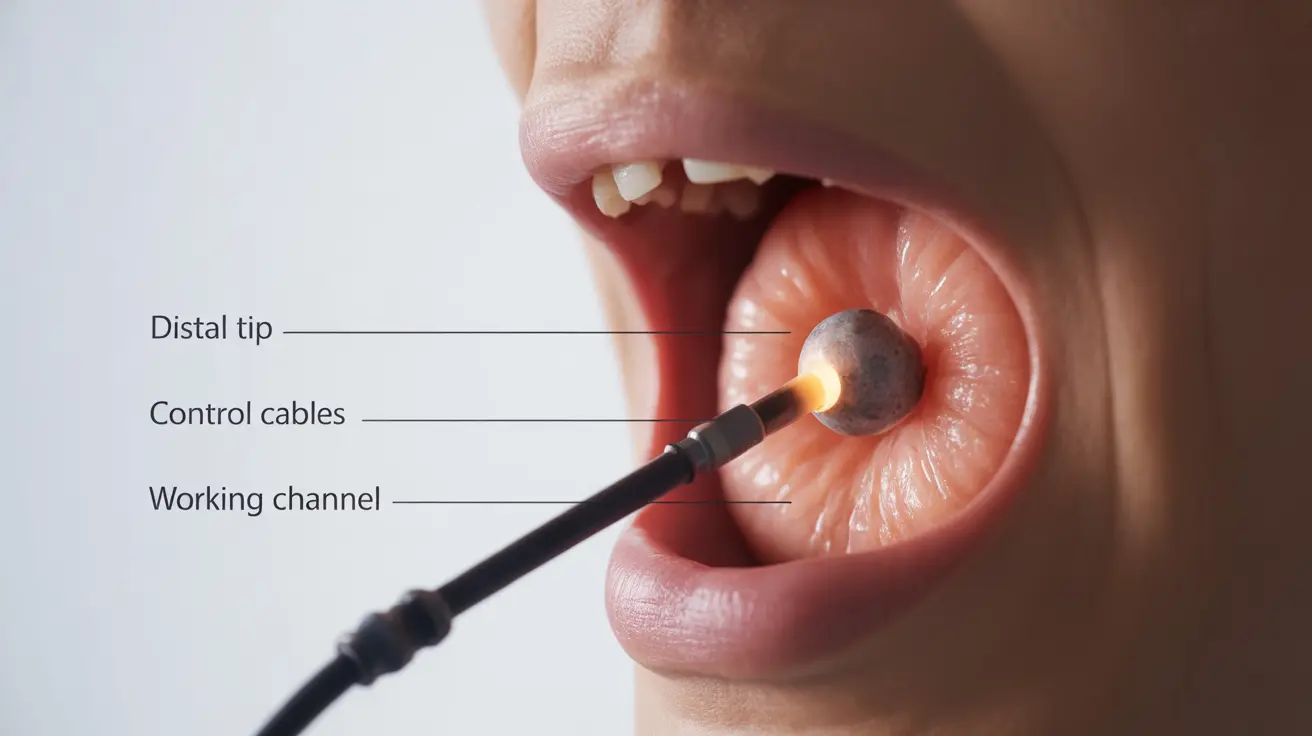When a foreign object enters the body, whether through accidental ingestion, inhalation, or penetration through the skin, it can cause varying degrees of discomfort and potentially serious medical complications. Understanding the signs, proper removal methods, and when to seek immediate medical attention is crucial for preventing severe health consequences.
This comprehensive guide explores the essential information you need to know about foreign objects in different parts of the body, including recognition of symptoms, professional removal techniques, and potential risks if left untreated.
Common Entry Points and Initial Signs
Foreign objects can enter the body through various routes, each presenting distinct symptoms and challenges:
Nasal Passages
Children commonly insert small objects into their noses, leading to:
- Difficulty breathing through the affected nostril
- Persistent nasal discharge, often with an unpleasant odor
- Frequent sneezing or nose-picking
- Visible object or bulge in the nostril
Throat and Airways
Objects lodged in the throat or airways can cause:
- Immediate coughing or choking
- Difficulty swallowing
- Chest pain or pressure
- Wheezing or labored breathing
- Drooling in young children
Digestive Tract
Swallowed objects may cause:
- Difficulty or pain when swallowing
- Chest or abdominal pain
- Changes in bowel movements
- Vomiting or gagging sensations
Medical Removal Procedures
Healthcare professionals employ various techniques to safely remove foreign objects, depending on their location:
Endoscopic Procedures
Doctors often use flexible or rigid endoscopes equipped with specialized tools to retrieve objects from the digestive tract or airways. This minimally invasive approach allows for direct visualization and precise removal.
Surgical Intervention
In some cases, surgery may be necessary, particularly when:
- The object is deeply embedded
- There are signs of perforation or tissue damage
- Less invasive methods have failed
- The object poses immediate danger
Emergency Warning Signs
Seek immediate medical attention if you experience:
- Severe difficulty breathing
- Inability to swallow liquids
- Coughing up blood
- Severe chest or abdominal pain
- Signs of infection around embedded objects
- Loss of consciousness or extreme distress
Skin and Soft Tissue Foreign Objects
Objects embedded in the skin require special attention due to infection risks. Common signs include:
- Redness and swelling around the entry point
- Warmth or tenderness to touch
- Pus or discharge
- Persistent pain or discomfort
Frequently Asked Questions
What are the most common symptoms indicating a foreign object is lodged in the nose, throat, or airway?
The most common symptoms include difficulty breathing, persistent coughing, choking sensations, chest pain, unusual nasal discharge, and visible bulging or obstruction in the affected area.
How do doctors remove foreign objects that are stuck in the digestive tract or respiratory system?
Doctors typically use endoscopic procedures with specialized tools, bronchoscopy for airways, or upper endoscopy for the digestive tract. In some cases, surgical intervention may be necessary for safe removal.
When should I seek emergency medical care for a suspected foreign object in the body?
Seek immediate emergency care if you experience severe breathing difficulties, inability to swallow, severe pain, bleeding, or signs of infection. Any suspected object in the airways should be treated as an emergency.
Can foreign objects embedded in the skin cause infections, and how are they safely removed?
Yes, foreign objects in the skin can cause infections. Professional removal involves proper sterilization, careful extraction, and sometimes local anesthesia. Following removal, the area is thoroughly cleaned and may require antibiotics.
What are the typical risks and complications if a foreign object remains untreated inside the body?
Untreated foreign objects can lead to serious complications including infection, tissue damage, internal bleeding, perforation of organs, and airway obstruction. Chronic inflammation and scarring may also occur over time.




